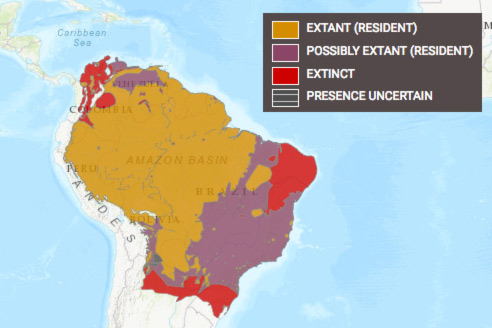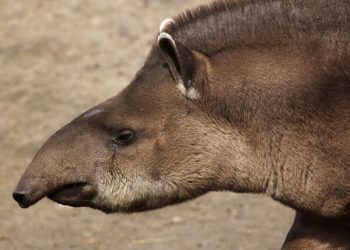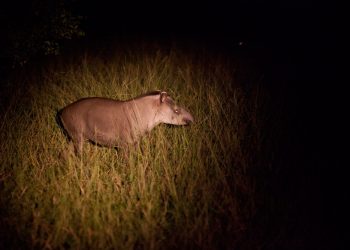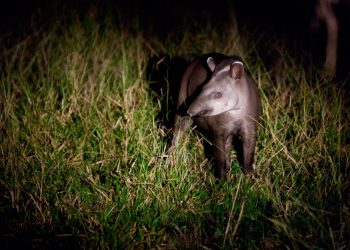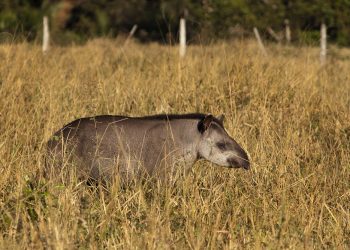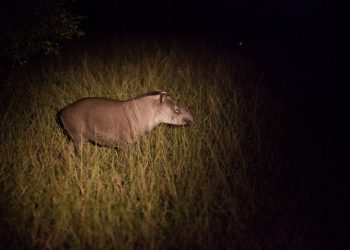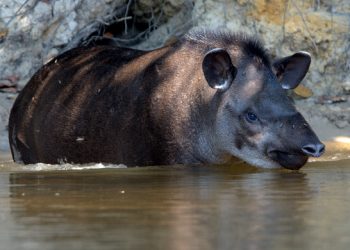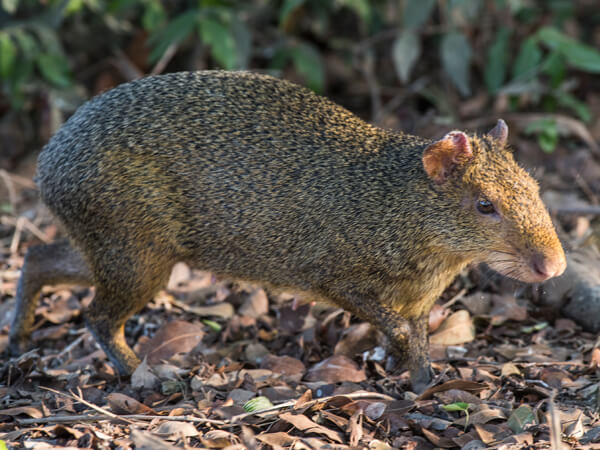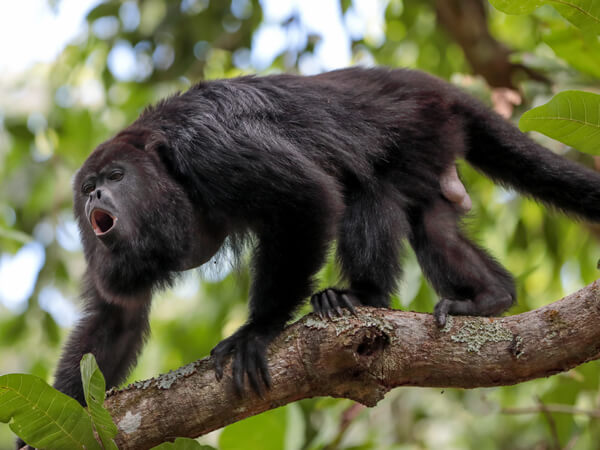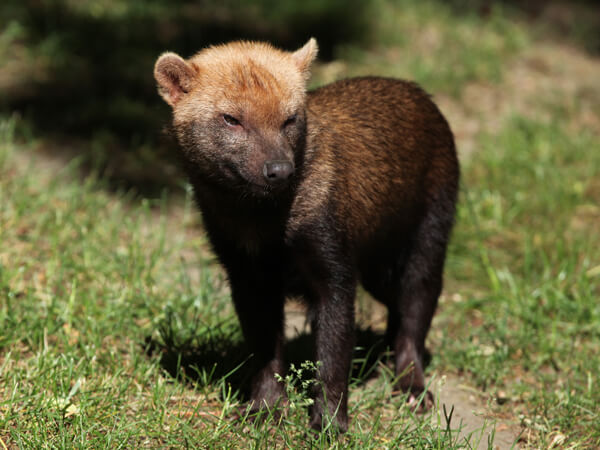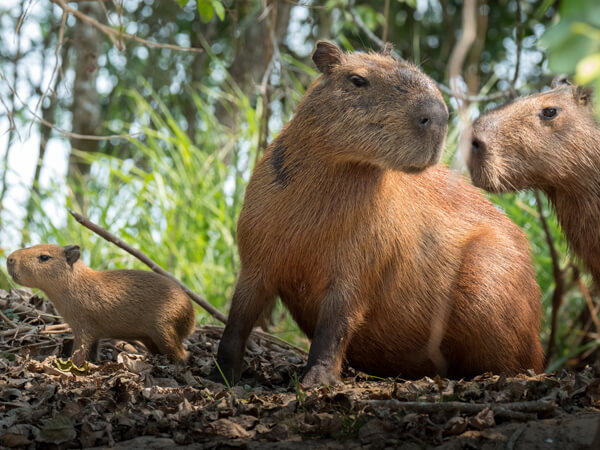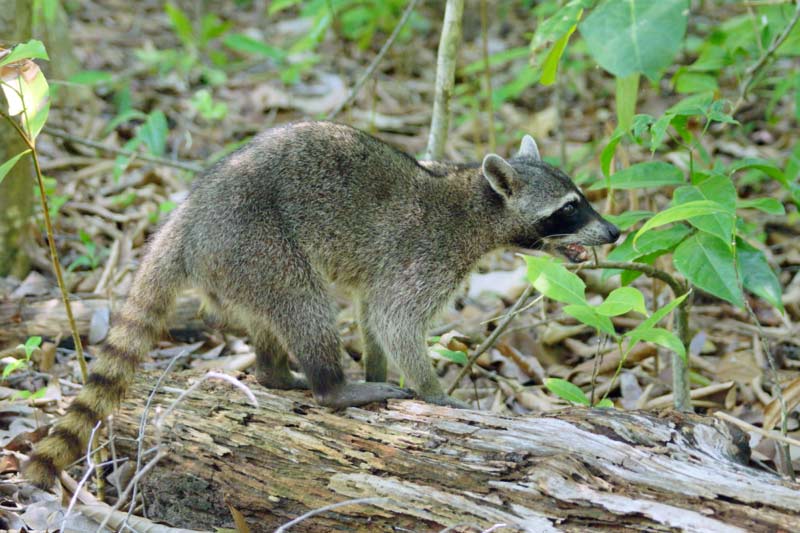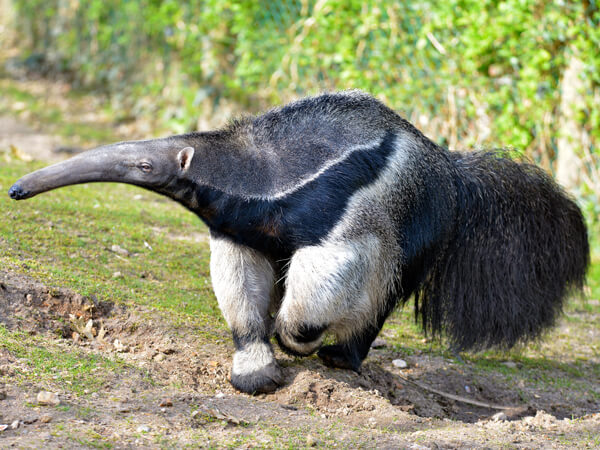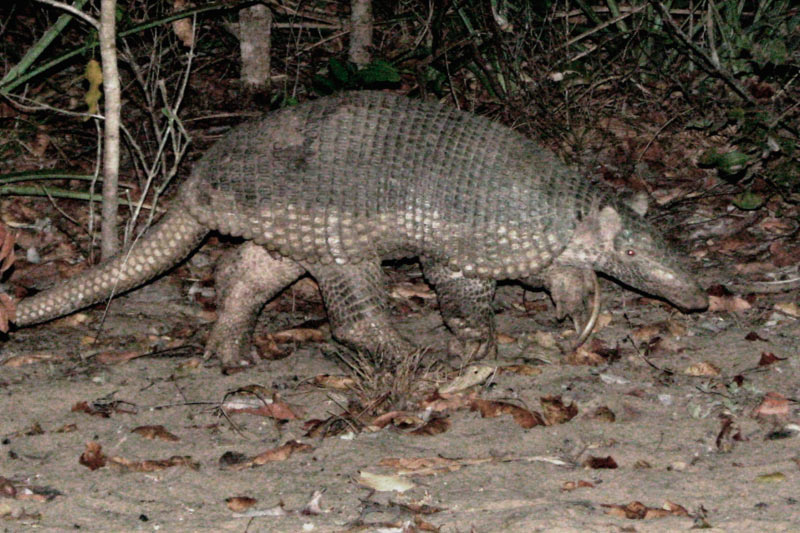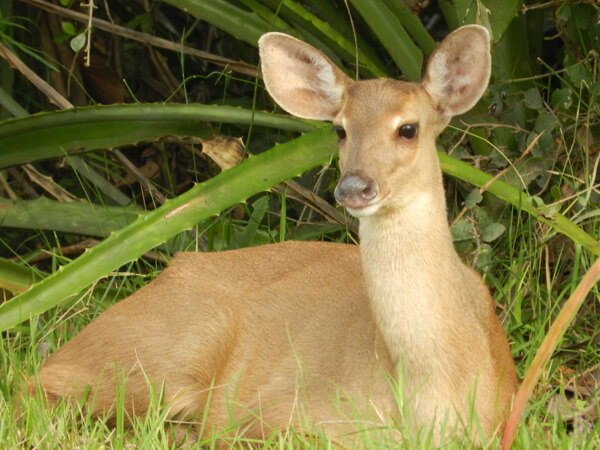The largest land mammal in South America, the tapir is an iconic animal of the Brazilian fauna.
Click to learn more
They are scattered in different corners of the world. There are five species of tapirs in the world: one in Asia, one in Central America and three in South America. The Brazilian tapir, in the Pantanal, is the only species that is easy to spot.
Distribution
The tapir is found from southern Venezuela to northern Argentina. In Brazil, the species is found in much of the country, mainly in the Amazon biome, the Cerrado, Pantanal and Atlantic Forest.
Features
The tapir is the heaviest land mammal in South America. Females are usually larger than males and an adult can weigh between 180 and 300 kilograms. They are one meter tall and more than two meters in length. They have strong teeth and a small mobile trunk that is sensitive to touch and helps in the feeding process. Their vision is poor, but they have good hearing and a great sense of smell, and sniff the air constantly.
Their hide is thick and durable, protecting them against predators, and against dense and sometimes prickly vegetation. They frequently have scars on their skin resulting from jaguar attacks – their main predator.
Behavior
Tapirs live in dense areas, always near rivers and lakes. They are solitary and have nocturnal habits, resting during the day. They are excellent swimmers and can cross over large rivers without much trouble. They like to wallow in the water to rid themselves of ticks and flies. Like horses, they show off their lips whenever they get angry. They use urine and feces to mark their territory and have four types of sounds in their social interactions.
Food
Tapirs are herbivorous, feeding on fruits and a wide variety of plants, flowers, leaves, bark and even branches, which, in a rain forest, helps prevent a large accumulation of toxins from a single plant. They use smell to find and identify food by passing their muzzles over any food before eating.
Tapirs are considered “gardeners of the forest” for their ecological importance as dispersers of seeds of the fruits that they eat. Their digestion is faster but less efficient than that of ruminants, as they absorb a lower percentage of carbohydrates. This rapid digestion also causes many seeds to pass intact through the digestive tract without damage, with greater capacity to sprout far from the mother plants.
Reproduction
There is little data on the reproduction of tapirs in nature. They are probably polygamous, with males breeding with several females, but each female with only one male. They have, in general, a single cub after 13 or 14 months of pregnancy; the males do not help raise them. Cubs are born with white spots that serve as camouflage against predators, but the marks disappear after approximately six months of age.
Conservation
Tapirs have been considered “vulnerable” by the national lists of both the ICMBio and the IUCN. The main threats to tapirs are hunting, deforestation, fragmentation and alteration of habitats. In the Pantanal and the Amazon, the situation of these animals is less worrisome. However, in biomes such as the Atlantic Forest, a few viable populations still exist.

